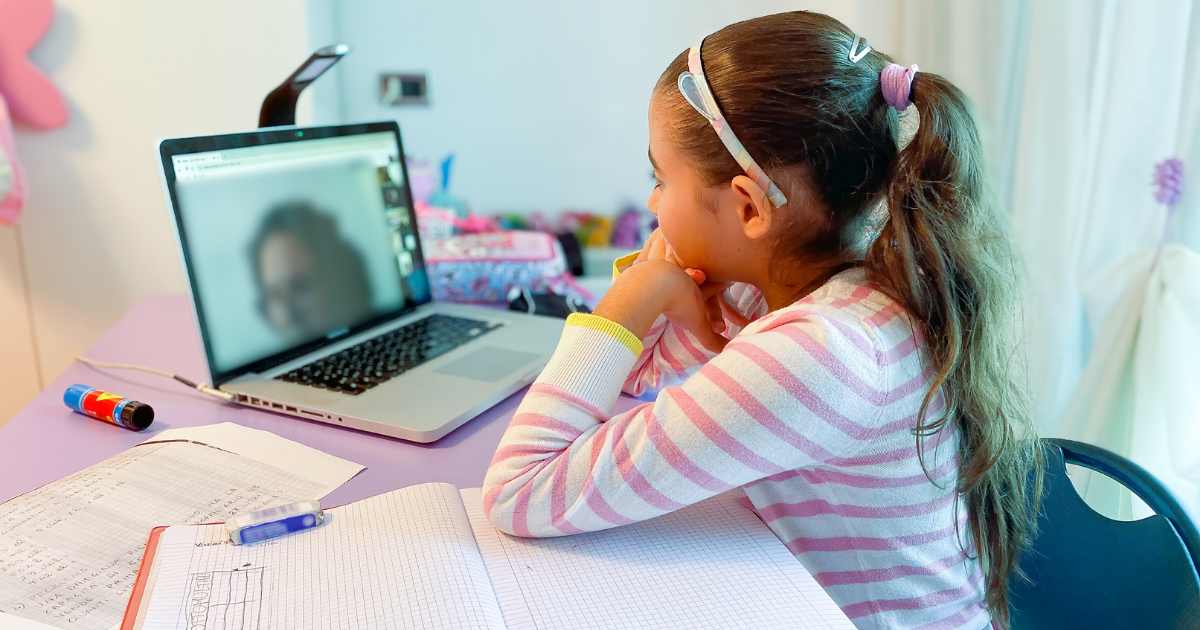 01Jan
01Jan Is Hybrid Learning the future of education?
ENSURE LEARNING CONTINUITY WITH HYBRID LEARNING AND C3 MICRO-CLOUD
According to UNESCO, in March 2020, 1,445,016,378 students were affected by school closures, representing 82.5% of total enrolled learners. The costs of school closures were high – students’ education was damaged and their social skills had suffered.
Over the past few months, the educational community has been looking for strategies to prepare schools – and students – for a new learning reality.
Hybrid Learning has been a successful method used in several countries after the schools reopen, putting the students first and providing them with a safe and consistent educational experience whose quality is not compromised.
In this educational model rotation is the key. Usually, approximately half of the class is in person at school, while the other half join the class virtually from home. Educators teach remote and in-person students at the same time using technology tools, such as pre-recorded videos, learning games, simulations, podcasts, and online exercises. This approach ensures that all students (those who are remote and those who are in person) attend exactly the same lesson at the same time, using the same learning resources. This way, classrooms become safer environments, reducing the number of students who are in the class at the same time, and increasing the safety distance between them.
This style of instruction creates an ideal learning experience: students are able to maintain a connection with their teachers and colleagues. When they are learning remotely – or if schools need to close again – they are less impacted as they continue to use the same learning materials they use in the classroom. The key to this approach is consistency: consistent learning interface for the students, regardless of whether they are in-person, or remote; this insulates the students against the disruption or remote vs. in-person learning.
In today’s world, having a hybrid learning environment has never been more important and Ministries of Education and school administrators need to ensure that they provide teachers and students with the tools needed to teach and study remotely in a consistent manner that they use in the classroom. “Learning to embrace new educational paradigms – such as the hybrid learning experience – will be key in making the most of the current conditions in Education,” stated Mário Franco, Chairperson of the Millennium@EDU SUSTAINABLE EDUCATION “Ensuring consistency of the learning experience is fundamental in allowing school systems to adapt to a wide range of external conditions while giving the students the opportunity to learn in a changing environment and developing a strong sense of security, stability, and confidence in the learning process.”
The C3 Micro-Cloud is being used as a primary solution to ensure the continuity of quality education in thousands of schools around the world, enabling millions of students to enjoy the benefits of a hybrid education. While in school – even if the school or classroom has a lack of infrastructure or limited/sporadic bandwidth – students enjoy quality learning from engaging digital content and applications. They can do this from any WiFi-enabled device (PC, tablet, Chromebook, etc.) even if the school/classroom has no internet, simply by accessing the local C3 Micro-Cloud.
When remote, students can be allowed to access a cloud-resident, centralized C3 instance – which uses the identical interface, and contains exactly the same content as their colleagues who are at school that day. In this way, the learning experience is consistent – students can be in school one day, at home the next, on a rotational basis, and see/use the same learning process regardless. If the schools shut down for a number of weeks due to quarantine or other issues, the learning interface remains constant.
In many parts of the world, students don’t have internet access with data capability from their homes. So, in order to enable students to access this cloud-resident C3 instance, Ministries of Education in countries around the globe are working together with their local telecommunications and technology providers to allow free access to the domain which hosts this central C3 instance. It’s good for everyone.
Through this hybrid approach to learning, leveraging technology; it becomes possible for students to have a consistent learning experience between the two environments.
As a teacher, there are some tips you should follow:
Insulate your students from any connectivity issues: if you need, the C3 Micro-Cloud can be used in any school, even with an intermittent Internet connection or no Internet access, with an estimated cost of 1 penny per student per day.
Make sure you use resources that can be viewed in both environments: With the C3 Micro-Cloud, you can find a wide range of learning materials – curated by subject and grade – such as videos, simulations, learning games, etc) which have already been successfully used by thousands of teachers around the world.
Take advantage of technological tools to save time: With the C3 Micro-Cloud, you can easily plan lessons grouping the content that will be taught in each class. The progress of the students can be tested in real-time, even if they are remote, and analyzed to help them learn better.
If you want to learn more about the C3 Micro-Cloud and ensure the continuity of your students’ learning process, click HERE.
